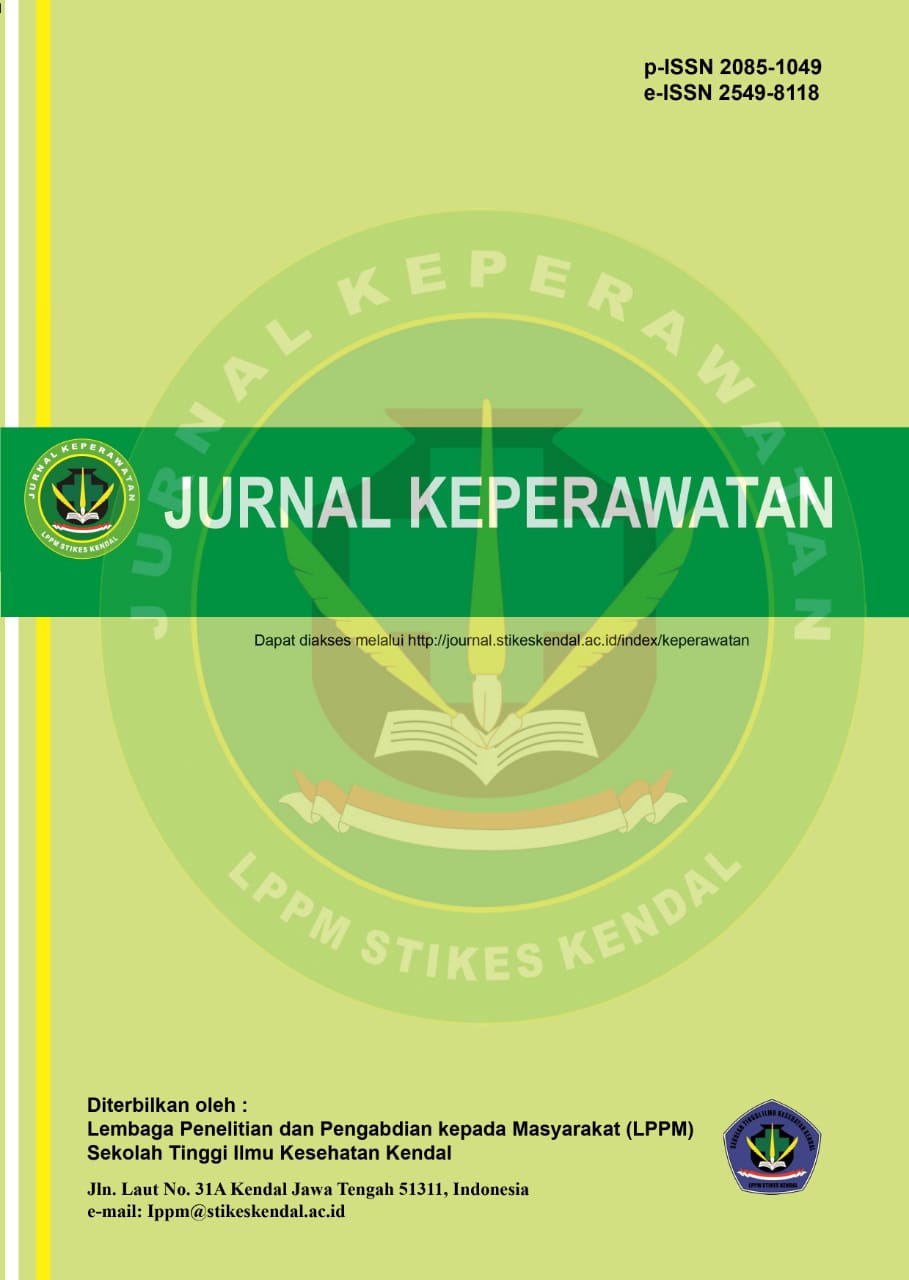Description of Stunting Incident Factors in Children Based on Trancultural Nursing in the Work Area of Health Center
Keywords:
education, economics, family support, stutingAbstract
Stunting is a condition in which failure to grow in children under five years old is caused by chronic malnutrition so that the child is too short for his age. The purpose of this study is the known description of stunting incident factors in children aged 24-59 months based on trancultural nurisng in the working area of Kahu Health Center of Kahu District of Bone Regency. This type of research is with a descriptive approach. The results of this study were obtained using questionnaires, with the technique of taking a total sampling sample so that a sample of 49 people was obtained. The results of the study found description of low educational factors (75.5%), high family support factors (57.1%), and low economic factors (98.0%) about the incidence of stunting in children. The age 24-59 months based on trancultural nurisng. The conclusion is the known picture of stunting incident factors in children aged 24-59 months based on trancultural nurisng in the working area of Kahu District Kahu District of Bone.
References
Adriani M, Wirjatmadi B. (2012). Introduction to Masyarakat Nutrition. Jakarta: Kharisma Putra Utama.
Anindhita, P. (2012). 'Relationship of Maternal Education Level, Family Income, Protein & Zinc Adequacy with Stunting (short) in Toddlers Aged 6-36 Months in Tembalang District of Semarang City', Mas Health Journal 1, pp. 617–626.
Bishwakarma, R. (2011). Spatial Inequality in Children Nutrition in Nepal: Implications of Regional Context and Individual/Household Composition. (Disertasi, University of Maryland, College Park, United States). Diakses dari http:// hdl.handle.net/1903/11683.
Cahyani, V. U., Yunitasari, E. and Indarwati, R. (2019). 'Social Support as a Major Factor in Providing Specific Nutritional Interventions in Children Aged 6-24 Months with Stunting Events based on Transcultural Nursing'. Pediomaternal Nursing Journal, 5(1), p. 77. doi: 10.20473/pmnj.v5i1.12410.
Eko Setiawan, (2018). Factors Related to Stunting Incidents in Children Aged 24-59 Months in the Working Area of Puskesmas Andalas District of Padang Timur Padang City. Andalas Health Journal. Vol.7(2).
Giger, J. N. (2013a). No Title. 6th edn. Edited by M. Rawe. Los angeles California: Jeffrey Patterson.
Jang, M. H. dkk. (2017). Factors Influencing Resilience of Burn Patients in South Korea’. Journal of Nursing Scholarship, 49(5), pp. 478–486. doi: 10.1111/jnu.12311.
Nadia Nabila Larasati. (2017). Factors related to stunting events in toddlers aged 25-59 months in posyandu wonosari puskesmas II area in 2017. Thesis: Poltekkes Kemenkes Yogyakarta.
Praise, Nur.W. (2018). Analysis of Stunting Incidence Factors in Children Aged 24-59 Months Based on Transcultural Nursing in Morombuh Village Kwanyar Bangkalan Subdistrict. Prodi Ners Unair
Rahmad AHAL, Miko A. (2016). Stunting studies in children under five based onparenting and family income in Banda Aceh City. Banda Aceh. Indonesian Journal of Health. Vol 8 (2):63-79.
Sri, Rejeki, (2012). Herbs and Women's Reproductive Health (A Transcultural Approach in Maternity Nursing Practice).
Subarkah, T., Nursalam, N. and Rachmawati, P.D., (2017). Feeding Pattern Toward the Increasing of Nutritional Status in Children Aged 1–3 Years. Indonesian Nursing Journal Of Education And Clinic (INJEC), 1(2), pp.146-154.
Tintin Sukartini, Praba Diyan R, Melania, Mone. (2020). An overview of stunting events in East Sumba regency. Journal of KMB and Critical Vol 9 (1).
National Team for The Acceleration of Poverty Reduction (2017) '100 Priority Districts/Cities for Stunting Intervention'. TNP2K.
UNICEF. (2013). Improving child nutrition, the achievable imperative for global progress. New York: United Nations Children’s Fund.
WHO, (2018). Child Stunting Data Visualizations Dashboard. http://apps.who.int/gho/data/node.sdg. 2-2-viz-1?lang=en.
Yunitasari, E., Rahayu, D., and. Santoso, B. (2015). Mother's Milk Production with Intervention Acupresure Point for Lactation and Oxytocin Massage, Ners, 10, pp. 9–1.
Downloads
Published
How to Cite
Issue
Section
License
Copyright (c) 2022 Jurnal Keperawatan

This work is licensed under a Creative Commons Attribution-NonCommercial-NoDerivatives 4.0 International License.




